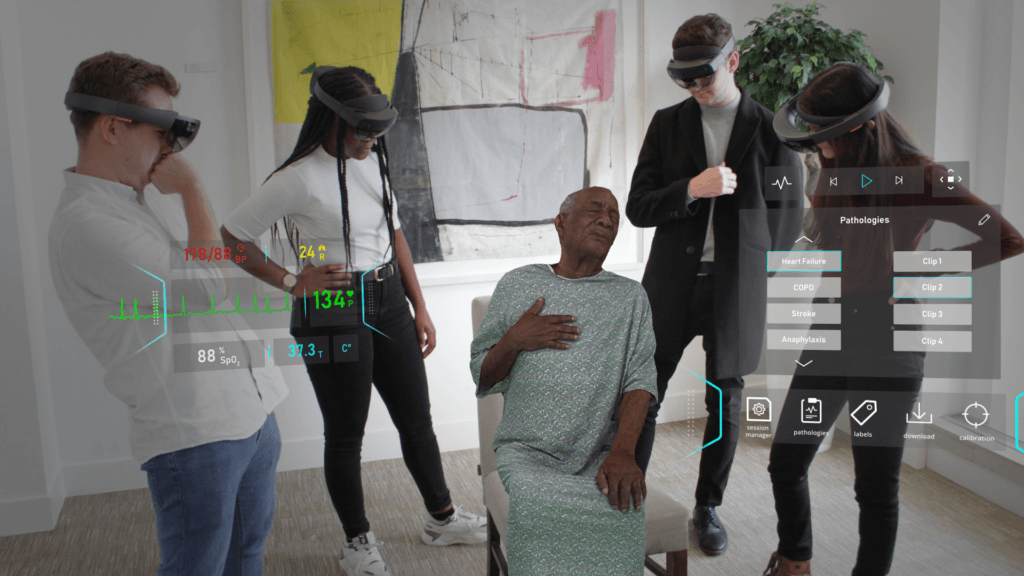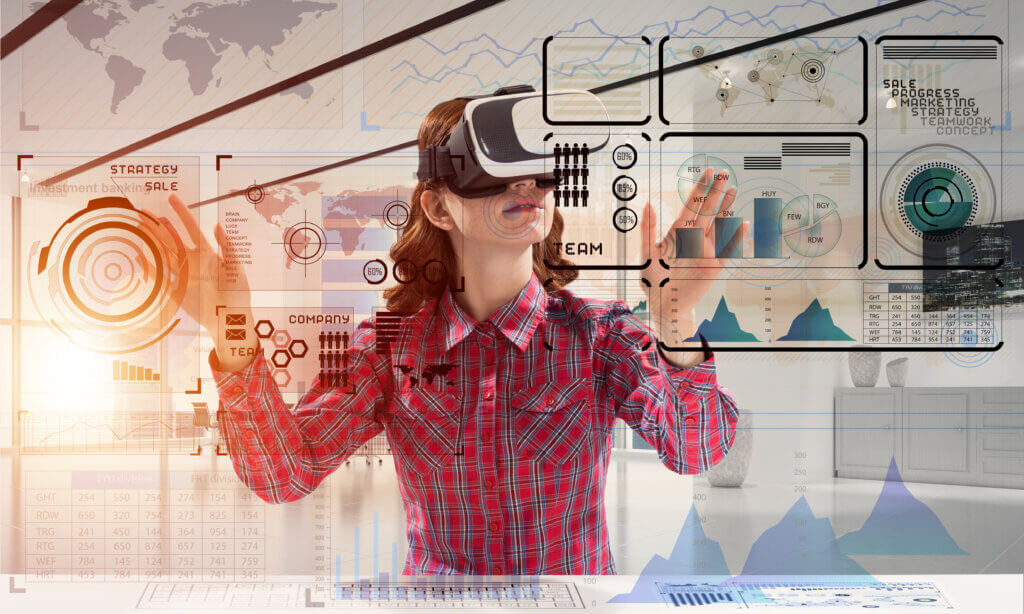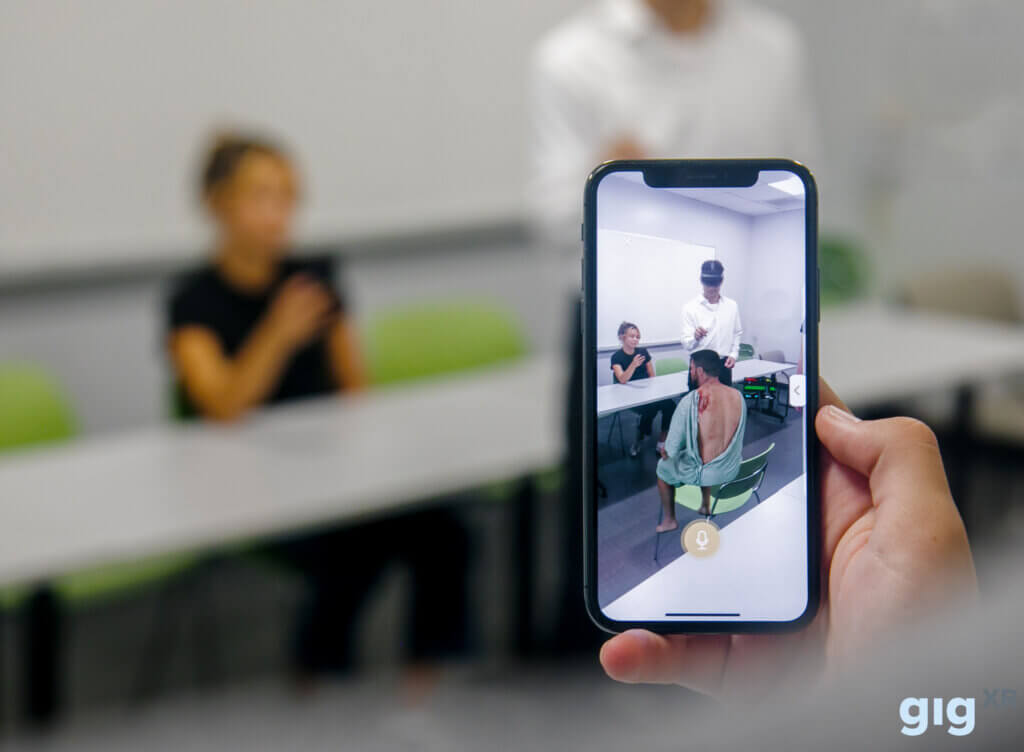6 Reasons to Choose Immersive Learning

Modern technology has changed the way learners engage with and retain information. It’s crucial for those who educate to keep up with the times and cater to the needs of learners by providing new, innovative ways to keep them engaged and provide compelling learning experiences.
Traditional lecturing, assigned reading, and the occasional video is no longer enough to provide a meaningful education. Students and employees expect their institutions to prioritize modernization and innovation to ensure their hard-earned time and money is worth the spend. Immersive experiences are revolutionizing the way students prepare for, enter, and remain effective in the workforce.
Immersive education refers to a teaching method that deeply engages learning through interactive and experiential activities, often leveraging technologies like virtual reality (VR), augmented reality (AR), and mixed reality (MR). The benefits of immersive education are numerous and can have a profound impact on students’ learning experiences and outcomes. Some of the key benefits include:
1. Enhanced Engagement
Immersive education creates a captivating and interactive learning environment, capturing students’ attention and fostering a strong sense of engagement. This heightened interest in subject matter has proven to lead to increased motivation and participation.
94% of students felt they were more engaged with their course content due to their Immersive Learning experience, additionally, 94% of teachers felt their students appeared more engaged with their course content during immersive learning applications.*

2. Active and Experiential Learning in Safe Environments
Instead of passively receiving information, students actively participate in the learning process. They can manipulate objects, explore environments, and solve problems in a hands-on manner, which reinforces learning and understanding. Students are able to experience situations that might be difficult or impossible to replicate in a traditional classroom setting, enabling students to gain practical knowledge and develop real-life skills. In fields where real-life training could be risky or dangerous such as medicine, heavy machinery, and aviation, immersive simulations offer a safe, customizable space for learners to practice and make mistakes without real-world consequences.
3. Improved Retention and Understanding
Immersive learning leads to better knowledge retention and understanding. When students are emotionally connected to the learning material through immersive experiences, the information becomes more memorable.
94% of students felt they were able to retain more information and get more from their course due to their immersive learning experience, additionally, 91% of teachers felt their students were able to actively retain more information and get more from their course.
4. Collaboration and teamwork
Immersive education can foster collaboration among students. They can work together in virtual environments, improving communication, cooperation, and problem-solving skills. Additionally, technology has the means to connect students from different parts of the world, breaking down geographical barriers and offering cross-cultural learning experiences.

5. Real-world Applicability
Immersive learning experiences often mirror real-world situations, making the knowledge gained more applicable to practical scenarios, which can be valuable in professional settings. The modern employer expects new workers to come equipped with at least baseline experience in their field. By providing students with the opportunity to get familiar with their field content and begin to develop necessary skills through immersive experiences, they are able to enter the workforce with a new level of confidence and preparedness, thus boosting your reputation as an educator.
95% of students felt they were more prepared for real-life scenarios and 97% felt they used what they learned and practiced in their immersive learning experience later in their course or career field.
6. Accessibility and Inclusivity
Immersive technologies can accommodate various learning styles and abilities, providing more inclusive educational experiences for students with diverse needs. In a world with increasing barriers to learning, including ADD, ADHD, and Dyslexia, the modern learner requires more stimulation and unique teaching methods than ever before. Immersive learning provides experiences where learners who function best in action can fully engage and get the most out of the content being delivered.
96% of students and 95% of teachers believe that every student should have the chance to learn using immersive experiences at least once in their education.
Overall, immersive education holds significant promise in transforming the way students learn and providing them with a richer, more engaging, and effective educational experience. As technology advances and becomes more accessible, the potential benefits of immersive education are likely to expand even further.
Request a comprehensive demo of the latest experiential learning applications from our partners at GigXR.
Explore funding opportunities available for businesses and institutions of all sizes to offset the costs of incorporating digital here.
